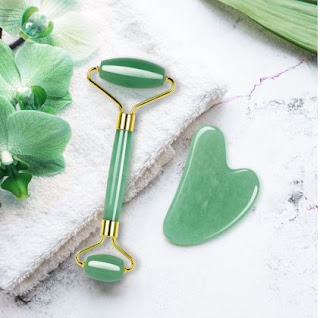The History of Sepia Photography
A sepia photograph is a black and white image having a warm brown tint. Sepia tints can help in making a photograph look older, and they have become quite popular in contemporary photography. Let us look at the interesting history of sepia photography.
The sepia pigment was made from sepia cuttlefish and it was used for treating photographs at a time where there were no colored photos. Sepia-treated prints are not only more durable but can last longer as well.
Not only did add sepia to prints gave the photographs a better colorizing effect, but it also helped in making the photographs more durable. This brown tint was a byproduct of the treatment and over the years, it has become associated with the sepia type of photography. However, digital technology can create sepia-colored prints without the help of sepia treatment during processing. It can also be created in darkrooms by processing black and white prints with sepia, though the digital method is far less expensive as well as easier. Digital filters can manipulate the saturation, hue as well as image frequency for achieving the effect that one desires. Even colored images can be dyed with a sepia tone. However, a photographic print that has already been developed cannot be changed into sepia.
With the help of photo editing apps and software like Photoshop, we can easily achieve this. Today, technology is very advanced and therefore film colorization software is able to allow one to even colorize a black and white video.
Are you looking for efficient video colorizer software that is able to colorize black and white videos automatically?
Visit https://pixbim.com/film-colorization for the best video colorization software. This software makes the use of artificial intelligence to effectively transform a black and white video into color.

Comments
Post a Comment